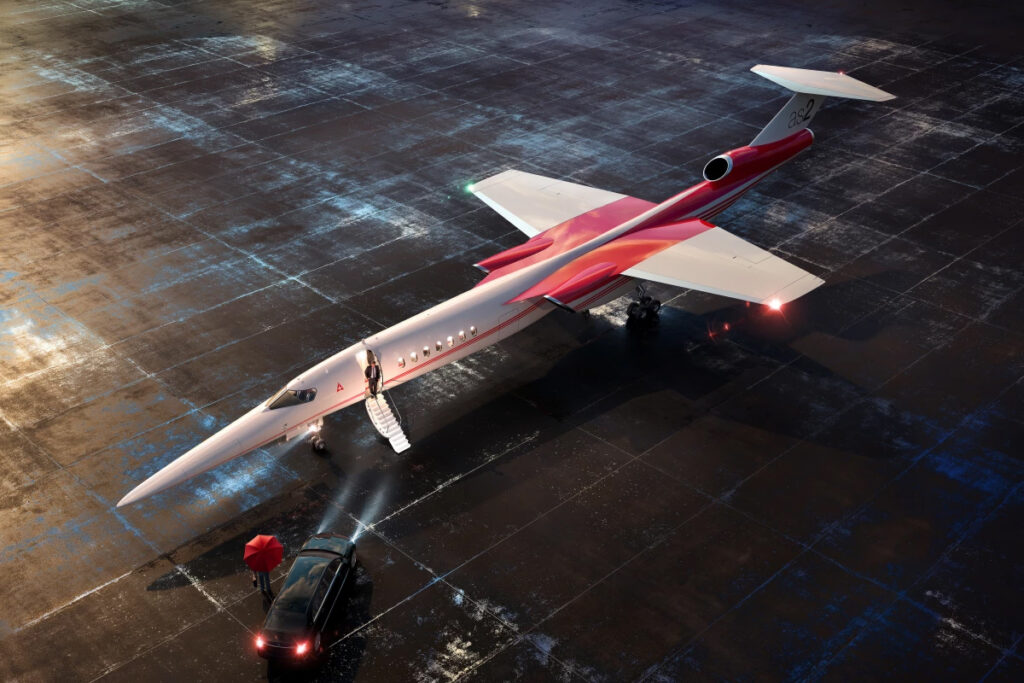Supersonic air travel has been the darling of headline news for the better part of 18 months as the prospect of next-gen jets gains steam. Leading the charge is startup superstar Aerion, with its sights firmly set on a supersonic future. At least, that was the case prior to May 21, when the company abruptly issued a statement ceasing all operations, effective immediately. The news remains an enormous shock — and a significant setback for the supersonic future we envisioned.
Aerion’s departure from the industry?
Aerion’s closure signals the end of the AS2 jet, an event with heavy implications for aviation. Industry leaders had expressed confidence in Aerion’s product, with some submitting large orders and/or letters of intent (e.g., Flexjet, NetJets). Other public signs of faith in the AS2 came in the form of strong supplier relationships, such as the firm commitment from engine maker GE Aviation.
So, why did the company abruptly close its doors? The details remain shrouded in mystery. Publicly, Aerion has cited a lack of available financing as the primary cause of its sudden cessation, but the initial announcement is absent further explanation. With few concrete details — and so many signs pointing to a bright future for the AS2 — industry experts are puzzled.

Skies left wide open for the competition
Aerion wasn’t the only company poised to bring supersonic travel back, but it was the favorite. For the industry, it defined the cutting edge. Its suspension of operations is a significant blow to supersonic progress, but there are others primed to step in, namely Spike Aerospace and Boom Supersonic.
Boom’s project shows particular promise. The company has a conceptual aircraft — the XB-1 — ready for its first flight. But whether either of these companies can fill the void left by Aerion, or garner its high-profile support, remains to be seen.

Rippling ramifications of a changing landscape
Aerion’s suppliers are also feeling the blow. GE Aviation, set to provide the AS2 with an engine to rival Rolls Royce, has suspended operations for its Affinity program.
Boeing held a stake in Aerion’s supersonic program as well, and the aviation giant has already announced their intent to continue Aerion’s work. How they intend to do so is still in question, but industry experts speculate that Aerion’s talent may move to Boeing and work in-house on a model similar to the AS2.
While details and speculation continue to leak over the next few months — or years — Aerion’s chapter in supersonic aviation appears at an end. And the AS2 may not lead the charge back to supersonic speeds, but its contribution to the future of next-gen aviation is significant.
One question remains: Which supersonic jet will be the first to take off?
